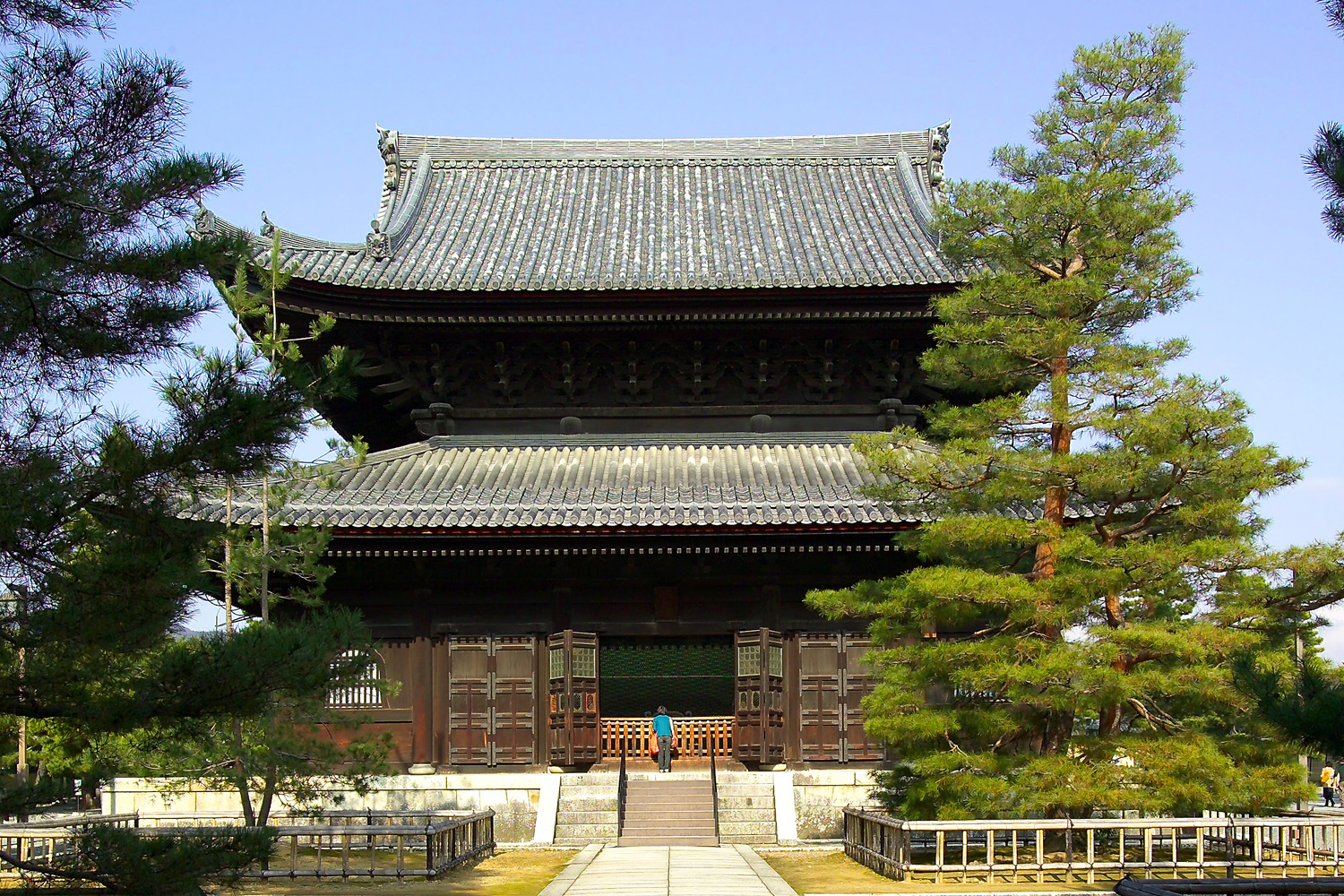|
Kōshū-ji (Fukuoka)
Kōshū-ji (興宗寺), also pronounced as Kōsō-ji, is a Sōtō Zen Buddhist temple in Minami-ku, Fukuoka, Japan. The temple stands under the cavern of Takamiya where the old tombs existed. History According to tradition, Kuroda Nagamasa tried to use the carved stone from the temple to build Fukuoka Castle, but Kannon appeared to him in a dream and told him to stop construction. He later found out that a Kannon image was carved in the stone. He decided to stop working and built the hall of worship on the temple grounds. When the temple was destroyed in 1693, the main hall was rebuilt by Tandō Chōzen, the priest of Chōen-ji in Chūō-ku, Fukuoka. It was originally located in Kumade Village, Onga District, what is now called Yahatanishi-ku, Kitakyūshū. It belonged to Ryūshō-ji in the same district, but was abandoned. Afterwards Tandō took over the temple and relocated the chapel to a new site in the Terazuka district to the south of the castle. Anakannon Anakan ... [...More Info...] [...Related Items...] OR: [Wikipedia] [Google] [Baidu] |
Hondō
Main hall or Main Temple is the building within a Japanese Buddhist monastery compound ('' garan'') which enshrines the main object of veneration.Kōjien Japanese dictionary Because the various denominations deliberately use different terms, this single English term translates several Japanese words, among them ''butsuden'', ''butsu-dō'', ''kondō'', ''konpon-chūdō'', and ''hondō''. ''Hondō'' is its exact Japanese equivalent, while the others are more specialized words used by particular sects or for edifices having a particular structure. Kondō (Asuka and Nara periods) The term started to be used during the Asuka and Nara periods. A ''kondō'' is the centerpiece of an ancient Buddhist temple's ''garan'' in Japan. The origin of the name is uncertain, but it may derive from the perceived preciousness of its content, or from the fact that the interior was lined with gold. This is the name used by the oldest temples in the country.Iwanami Nihonshi Jiten A ''kondō'', for exa ... [...More Info...] [...Related Items...] OR: [Wikipedia] [Google] [Baidu] |
Kofun Period
The is an era in the history of Japan from about 300 to 538 AD (the date of the introduction of Buddhism), following the Yayoi period. The Kofun and the subsequent Asuka periods are sometimes collectively called the Yamato period. This period is the earliest era of recorded history in Japan, but studies depend heavily on archaeology since the chronology of historical sources tends to be distorted. ''Kofun'' is Japanese for the type of tumulus, burial mound dating from this era. It was a period of cultural import. Continuing from the Yayoi period, the Kofun period is characterized by influence from China and the Korean Peninsula; archaeologists consider it a shared culture across the southern Korean Peninsula, Kyūshū and Honshū. On the other hand, the most prosperous keyhole-shaped burial mounds in Japan during this period were approximately 5,000 in Japan from the middle of the 3rd century in the Yayoi period to the 7th century in the Asuka period, and many of them had huge tom ... [...More Info...] [...Related Items...] OR: [Wikipedia] [Google] [Baidu] |
Tourist Attractions In Fukuoka
Tourism is travel for pleasure, and the Commerce, commercial activity of providing and supporting such travel. World Tourism Organization, UN Tourism defines tourism more generally, in terms which go "beyond the common perception of tourism as being limited to holiday activity only", as people "travelling to and staying in places outside their usual environment for not more than one consecutive year for leisure and not less than 24 hours, business and other purposes". Tourism can be Domestic tourism, domestic (within the traveller's own country) or International tourism, international. International tourism has both incoming and outgoing implications on a country's balance of payments. Between the second half of 2008 and the end of 2009, tourism numbers declined due to a severe Economy, economic slowdown (see Great Recession) and the outbreak of the 2009 2009 flu pandemic, H1N1 influenza virus. These numbers, however, recovered until the COVID-19 pandemic put an abrupt end to th ... [...More Info...] [...Related Items...] OR: [Wikipedia] [Google] [Baidu] |


